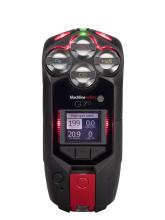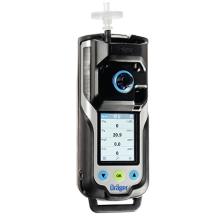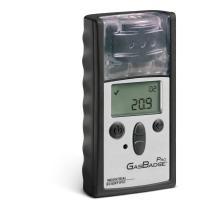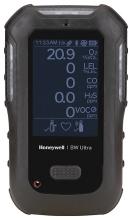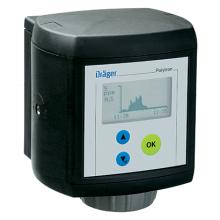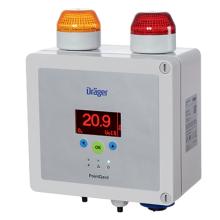Hydrogen / H₂

Gas Identification
Dihydrogen
Chemical properties
Physical properties
Flammability limit
Threshold limit value
Hydrogen : Description and use
Dihydrogen is the molecular form of the element hydrogen which exists in a gaseous state under normal temperature and pressure conditions. The molecules are made up of two hydrogen atoms. It is also called "molecular hydrogen" or, in its gaseous state, "hydrogen gas". In everyday language, when there is no ambiguity with the chemical element of the same name, it is often simply referred to as "hydrogen", and we sometimes speak of the "hydrogen molecule" to refer to the dihydrogen molecule.
It is odourless, colourless and comes in the form of compressed gas.
Flammability: This product is flammable. It can catch fire if in contact with air and in the presence of a source of ignition or if in contact with oxidising agents.
Explosiveness: It can explode due to impact, due to friction or if it is heated. It can explode if in contact with oxidising agents.
- Haber-Bosch process (ammonia production)
- Hydrogenation of fats and oils and the production of methanol
- To manufacture hydrochloric acid, welds, rocket fuels and to reduce metal ores
- In liquid form for research at very low temperatures, including the study of superconductivity
- Tracer gas to carry out leak-detection operations in many fields (oil refining industry, automobile industry, heating installations, water distribution system, aircraft tanks, etc.)
- Food additive authorised under code E949, in the tracer gas category
- A liquid coolant in some high-power machines (synchronous alternator of a power plant for example)
- In aerostats because it is fourteen times less dense than air, but it has been replaced by helium for safety reasons (it is still used in some weather balloons in remote stations)
Hydrogen : Warnings and caution
H220 - Extremely flammable gas.
H280 - Contains gas under pressure; may explode if heated.
P210 - Keep away from heat, sparks, open flames, hot surfaces. No smoking.
P377 - Leaking gas fire: Do not extinguish, unless leak can be stopped safely.
P381 - Eliminate all ignition sources if safe to do so.
P410+P403 - Protect from sunlight. Store in a well-ventilated place.
P501 - Dispose of contents/container in accordance with local/regional/national/international regulations.
P241 - Use explosion-proof electrical/ventilating/lighting/.../equipment.
P242 - Use only non-sparking tools.
P243 - Take precautionary measures against static discharge.
P251 - Pressurised container: Do not pierce or burn, even after use.
Hydrogen : Related products
Portable Gas Detectors
Fixed Gas Detectors
